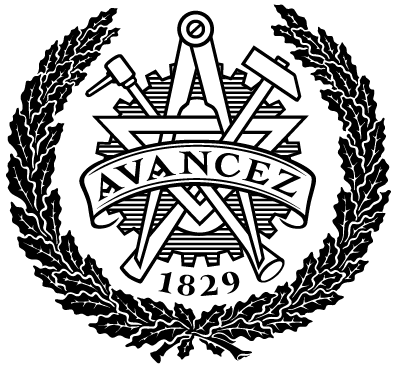Active aerodynamics of an autonomous car
| dc.contributor.author | Malali Obaiah, Samarth | |
| dc.contributor.department | Chalmers tekniska högskola / Institutionen för mekanik och maritima vetenskaper | sv |
| dc.contributor.department | Chalmers University of Technology / Department of Mechanics and Maritime Sciences | en |
| dc.contributor.examiner | Benderius, Ola | |
| dc.contributor.supervisor | Benderius, Ola | |
| dc.date.accessioned | 2023-06-05T12:44:59Z | |
| dc.date.available | 2023-06-05T12:44:59Z | |
| dc.date.issued | 2023 | |
| dc.date.submitted | 2023 | |
| dc.description.abstract | Autonomous cars are one of the nascent technologies being focused on by many of the major automobile manufacturing companies. These new smarter cars allow for new possibilities in terms of integrated systems such as powertrain and safety. In the same way, manufacturers are trying to integrate vehicle aerodynamics into this smart ecosystem, making the car even more efficient and with improved performance. The first step towards smart aerodynamics can already be seen in present vehicles with features like active grille shutters, an extending tail section, and, in higher-end vehicles, the change in the angle of attack for the rear spoiler. The advantage of introducing smart aerodynamics into an autonomous Formula student car is very beneficial as the system already knows the path that the car is going to take. The basic function of the system is to feed the upcoming driving trajectory into the smart aerodynamics system, which in turn adjust aerodynamic character of the vehicle for example with help of wing profiles. As a result, the car will be ready to traverse the track in a more efficient manner. The objective of this thesis is to develop a control system for the aerodynamics of the car to alter its track characteristics to best suit the needs of track topology and for other performance enhancements. Furthermore, the methods that are implemented to the car will is backed up with numerical simulation using fluid simulation software and validated through the results obtained. Various techniques have been employed to enhance the aerodynamic characteristics with combinations of rear wing and front wing angle of attack manipulation. As a result, the improvements in terms of drag and lift are achieved. | |
| dc.identifier.coursecode | MMSX30 | |
| dc.identifier.uri | http://hdl.handle.net/20.500.12380/306121 | |
| dc.language.iso | eng | |
| dc.setspec.uppsok | Technology | |
| dc.subject | Autonomous car | |
| dc.subject | Aerodynamic characteristics | |
| dc.subject | Wing profiles | |
| dc.subject | Numerical simulation | |
| dc.subject | Fluid simulation | |
| dc.subject | Drag and lift | |
| dc.title | Active aerodynamics of an autonomous car | |
| dc.type.degree | Examensarbete för masterexamen | sv |
| dc.type.degree | Master's Thesis | en |
| dc.type.uppsok | H | |
| local.programme | Automotive engineering (MPAUT), MSc |
